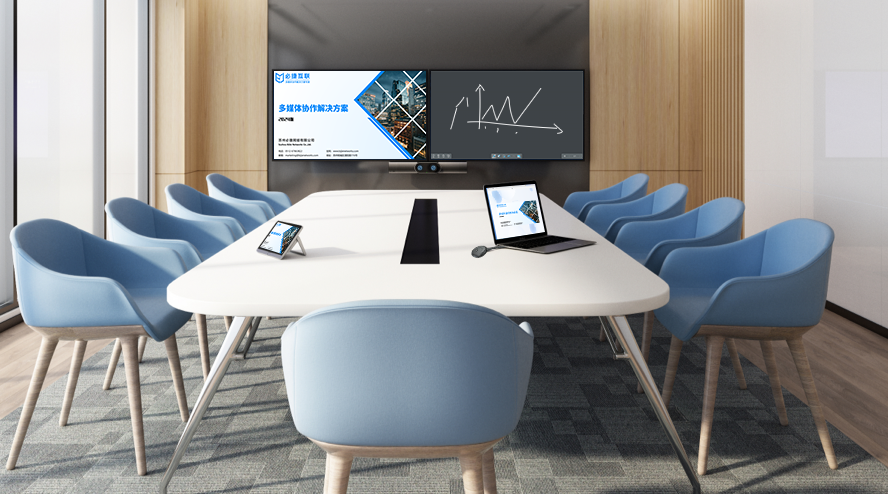Beyond Screens: Build an Intelligent Multimedia Sharing Network with DLNA
In digital life scenarios, we often need to share multimedia content across different devices. DLNA (Digital Living Network Alliance) technology provides a perfect solution for this, allowing you to easily push videos, photos, and music from your mobile phone or computer to large-screen devices for enjoyment.
Get to Know DLNA Technology
DLNA is a home network-based media sharing protocol that enables compatible devices to discover, share, and play media content with each other within a local area network (LAN). Unlike screen mirroring, DLNA adopts a “media push” method—content is directly decoded and played by the receiving device, making it more energy-efficient and efficient.
Device Connection and Setup
Network Environment Configuration
- Connect the screen mirroring device and your mobile phone/computer to the same Wi-Fi network.
- Ensure a stable network connection; it is recommended to use the 5GHz frequency band for better transmission performance.
Device Preparation
- Connect the DLNA screen mirroring device to the display device.
- Switch the signal source to the corresponding input port.
Practical Guide to Multimedia Casting
Video Casting
- Open a video player on your mobile phone (e.g., VLC, nPlayer).
- Select the video file you want to play.
- Tap the casting icon and choose the DLNA receiving device.
- The video will play directly on the large screen, and your mobile phone can be used as a remote control.
Photo Sharing
- Select the photos you want to share in your album.
- Select “Cast to Device” via the sharing function.
- Choose the recognized DLNA device.
- The photos will be displayed on the large screen in slideshow mode.
Music Push
- Open a music player (e.g., NetEase Cloud Music, QQ Music).
- Enter the playback interface and tap the casting button.
- Select the DLNA audio device.
- Enjoy continuous background music playback.
Key Technical Advantages
- Low-Power Operation: The device can enter power-saving mode after pushing content.
- Multi-Format Support: Compatible with mainstream video, audio, and image formats.
- Cross-Platform Compatibility: Works with multiple systems including Android, iOS, and Windows.
- Intelligent Discovery: Automatically detects all DLNA devices within the LAN.
Application Scenario Examples
- Home Viewing: Push movies downloaded on your mobile phone to the TV for playback.
- Gathering Sharing: Multiple people take turns pushing photos to the large screen for display.
- Background Music: Push mobile phone music to the home audio system.
- Office Display: Quickly share product pictures and promotional videos.
Troubleshooting Common Issues
- Device Not Discovered: Check the network connection to ensure devices are on the same LAN.
- Playback Lag: Optimize the network environment and close unnecessary bandwidth-consuming applications.
- Unsupported Format: Try using a player that supports more formats.
- Connection Interruption: Restart network devices and update software versions.
DLNA technology provides users with an intelligent and efficient way of media sharing. With a DLNA-supported screen mirroring solution, users can easily build a home multimedia network to achieve seamless media sharing between different devices. This technology is not only easy to operate but also maintains a high-quality media playback experience, making it an indispensable function for modern digital homes.
